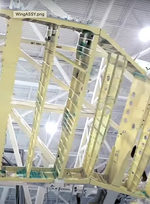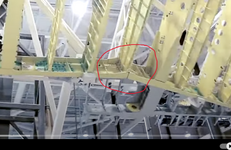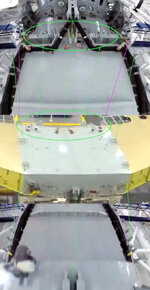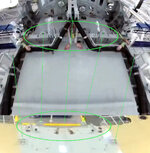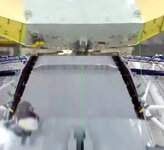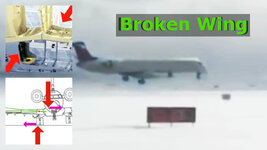"Transport Canada Civil Aviation(TCCA), which is the aviation authority for Canada, has issued Canadian ADCF–2012–10R1, dated January 22, 2018(referred to after this as the Mandatory Continuing Airworthiness Information,or ‘‘the MCAI’’), to correct an unsafe condition for certain Bombardier, Inc.,Model CL–600–2C10 (Regional Jet Series 700, 701, & 702) airplanes, Model CL–600–2D15 (Regional Jet Series 705)airplanes, Model CL–600–2D24(Regional Jet Series 900) airplanes, andModel CL–600–2E25 (Regional Jet Series1000) airplanes. The MCAI states:
The manufacturer has determined that wing-to-fuselage attachment nuts, part number (P/N) SH670–35635–1, SH670–35440–951, SH670–35440–3, SH670–35635–1, and 95136D–2412, installed at six attachment joint locations, do not conform to the certification design requirements for dual locking features. The nuts are not of the self locking type as required and do not provide the frictional thread interference required to prevent the nut from backing off the bolt. Asa result, only a single locking device, the cotter pin, is provided at these critical joints.In the case where a nut becomes loose, in combination with a missing or broken cotter pin, the attachment bolt at the wing-to fuselage joint could migrate and fall out. Loss of two attachment joints could potentially result in the loss of the wing.
The original version of this [Canadian] AD[which corresponds to FAA AD 2012–22–10]mandated initial and repeat detailed visual inspections (DVIs) of each affected wing-to fuselage attachment joint to ensure that a cotter pin was installed.Design review and analysis of the inspection findings since the original issue of this [Canadian] AD have led us to determine that additional nuts at the forward keel beam joint should also be included in the inspection and that the repetitive inspection of some wing-to-fuselage attachment joints is not required. This [Canadian] AD maintains the initial inspection requirements [for missing or failed (. . .) cotter pins] for six attachment joint locations, and removes the repetitive inspection requirements for all butthe forward keel beam attachment joint. This[Canadian] AD also requires a different repetitive inspection interval, and the[Canadian] AD applicability has been changed for the initial inspection to account for changes made in production."



